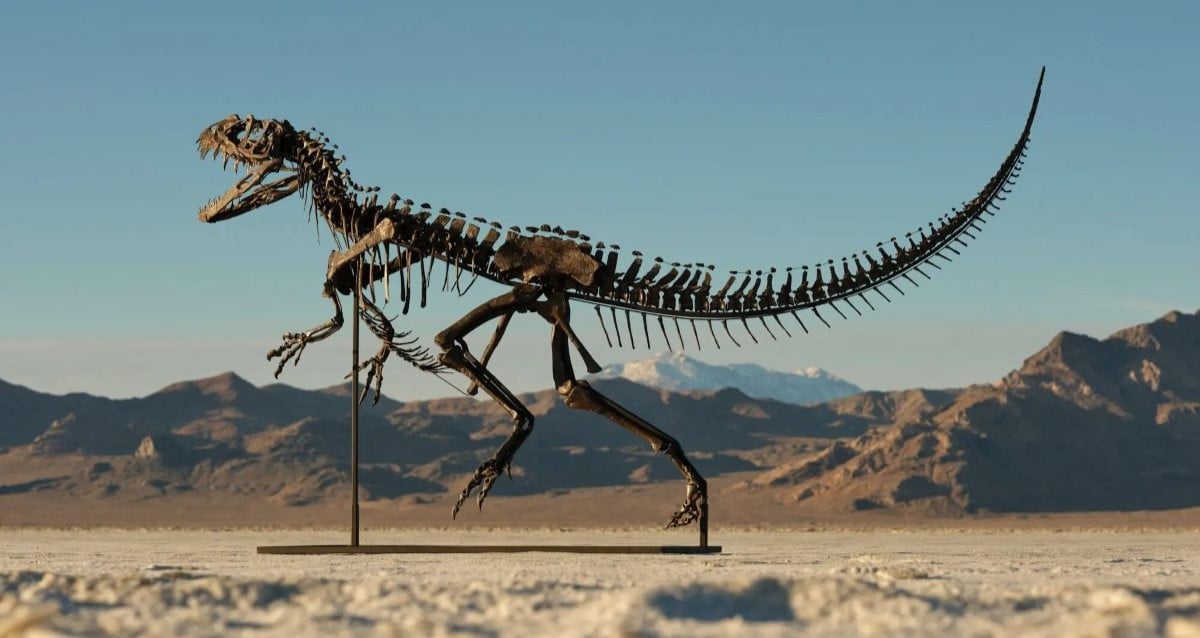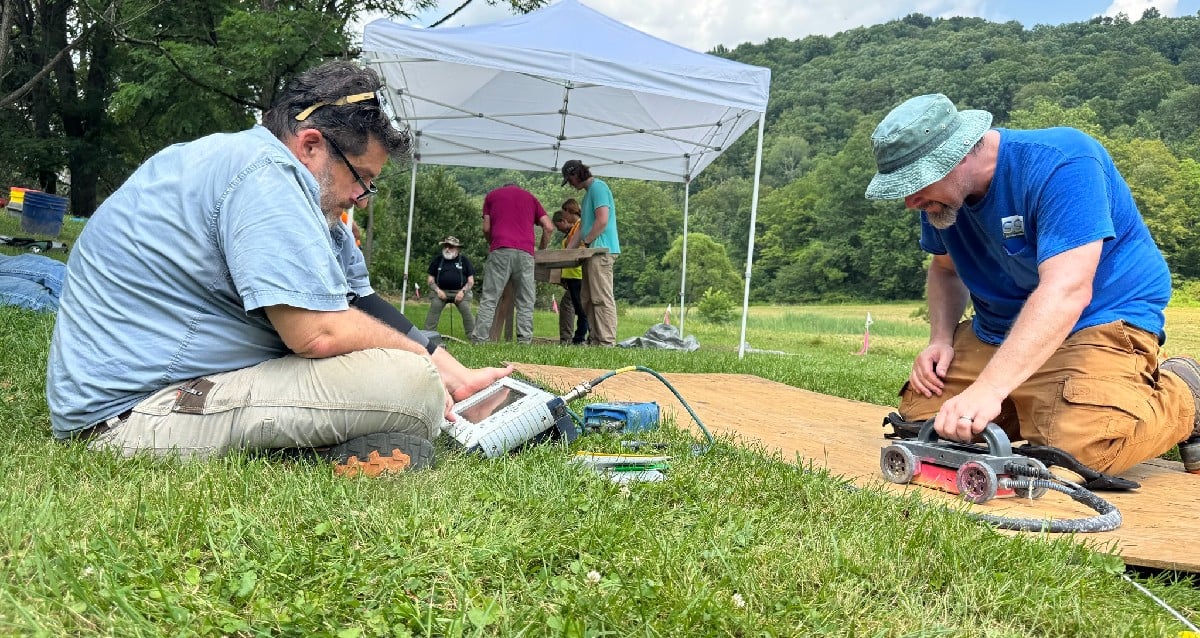“Could This Unearthed Garden in Jerusalem Rewrite the Story of Jesus’ Burial?”
Researchers performed archaeobotanical analysis on soil taken from beneath the church’s stone floor and found seeds and pollen from olive trees and grape vines. While radiocarbon dating is still in process, these plant remains seemingly date back approximately 2,000 years, around the time of Jesus’ death.
Remarkably, the Bible mentions a garden near Jesus’ burial. John 19:41 and 19:42 read: “Now in the place where he was crucified there was a garden; and in the garden a new sepulchre, wherein was never man yet laid. There laid they Jesus therefore because of the Jews’ preparation day; for the sepulchre was nigh at hand.”
Researchers believe these plant findings may point to the existence of an ancient garden beneath the church, providing physical evidence that aligns with the scriptural description.
“The archaeobotanical findings have been especially interesting for us, in light of what is mentioned in the Gospel of John,” Stasolla told the Times of Israel. “The Gospel mentions a green area between Calvary [or Golgotha, the site of Jesus’ crucifixion] and the tomb, and we identified these cultivated fields.”

Robbie Hott/Flickr Pilgrims pray at the stone where Jesus is believed to have been anointed.
While the archaeologists await the results of radiocarbon dating on the plant material, they have turned their attention to other areas of the church, particularly those constructed during the reign of Constantine. Once this year’s Easter festivities conclude, the team plans to continue excavations for several more months before shifting focus to the analysis and publication of the findings.













